What are the most cost-effective sea lice treatments?
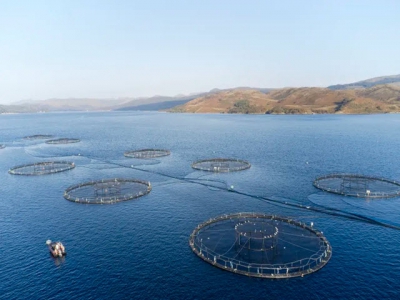
Research into sea lice management measures used on Scottish salmon farms has found the use of in-feed treatments and lice skirts are the most cost-effective.
In-feed treatments and skirts topped the poll, while hydrogen peroxide treatments were deemed to be the least cost-effective. Photo: SRUC
The Scottish Government-funded research was led by Scotland’s Rural College (SRUC), together with the Norwegian Veterinary Institute in Oslo and the University of Strathclyde.
The aim of the project was to gather information about the sea lice management measures used on Scottish salmon farms and compare the relative cost-effectiveness of these from both economic and specific environmental viewpoints.
The sea louse Lepeophtheirus salmonis is a key parasite for Atlantic salmon, causing multimillion-pound commercial losses to the salmon aquaculture industry globally; reduced salmon welfare and lower productivity at farm level through low feed efficiency or growth reduction.
Sea lice control involves economic and environmental costs, where measurable, as well as those that are more difficult to monetise, such as costs related to fish welfare and public perceptions.
The researchers used in-depth interviews and workshops with stakeholders to assess the relative cost-effectiveness of sea lice management measures and their impact on the economic performance of the Scottish farmed salmon industry.
The quantitative findings of the research indicate that in-feed treatments and long-term usage of skirts - sheets of material mounted around the top portion of salmon pens to prevent sea lice from entering - have the highest relative cost-effectiveness.
Qualitative findings based on stakeholders’ perceptions indicate the skirts’ relatively low impact on the environment and fish welfare also translate into positive messages at the retail end of the supply chain.
However, skirts are perceived to reduce oxygen flow and may have a detrimental effect on fish with compromised respiratory functions, meaning their effectiveness could be low.
Cleaner fish, fresh water, physical removal measures and licensed veterinary medicines are among the second most cost-effective measures, but have mixed and at times contradictory environmental, health and welfare impacts.
The use of hydrogen peroxide, in both wellboats and tarpaulin bath treatments, represented the least cost-effective measures and, based on stakeholders’ opinions, were regarded less positively by the public in view of their fish welfare and environmental aspects, and human health implications.
Lead researcher Luiza Toma said: “The findings indicate the complexity of sea lice control not only on farm but beyond farmgate, and the need to address it as a holistic challenge.
“To create a quantitatively driven ranking, the study compared individual methods. However, there is no individual method that achieves the desired level of no or very low numbers of sea lice across a production cycle.
“For this reason, farm managers can and do use the wide range of methods available to them, which may include those lower ranked overall, as necessary to build the optimal sea lice management strategy.”
She added that with additional primary data, the analysis could be improved to include the methodological integration of economic, biological and epidemiological modelling.
Có thể bạn quan tâm
Phần mềm

Phối trộn thức ăn chăn nuôi

Pha dung dịch thủy canh

Định mức cho tôm ăn

Phối trộn phân bón NPK

Xác định tỷ lệ tôm sống

Chuyển đổi đơn vị phân bón

Xác định công suất sục khí

Chuyển đổi đơn vị tôm

Tính diện tích nhà kính

Tính thể tích ao hồ


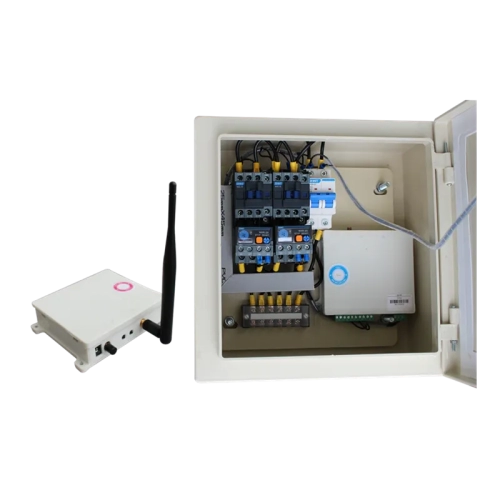

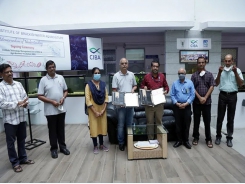
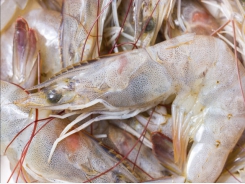
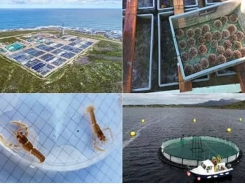



 Can nanobubbles and ultrasound beat…
Can nanobubbles and ultrasound beat…  An €8 million incentive for…
An €8 million incentive for…